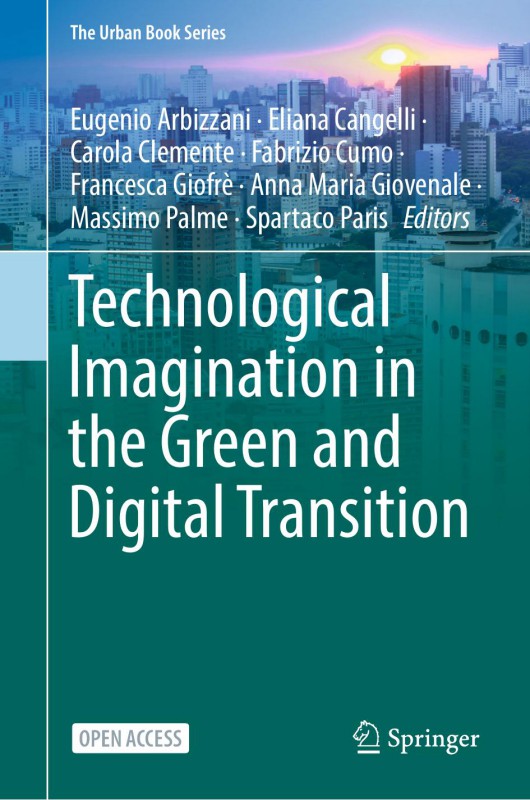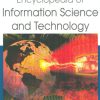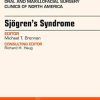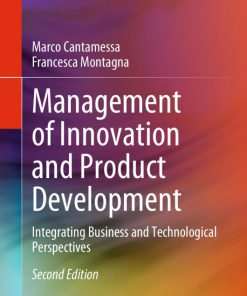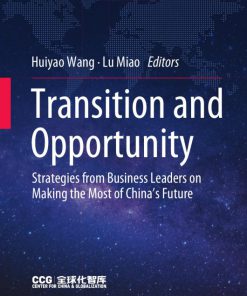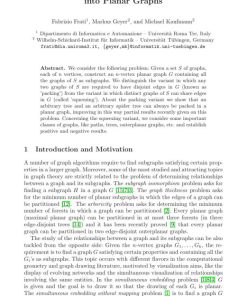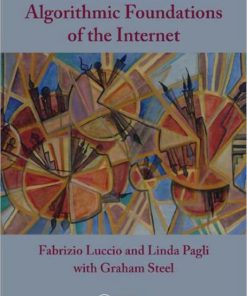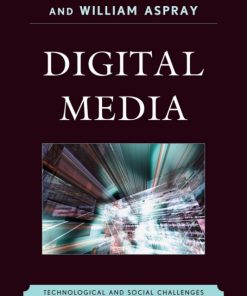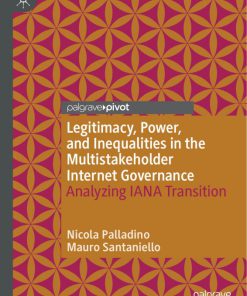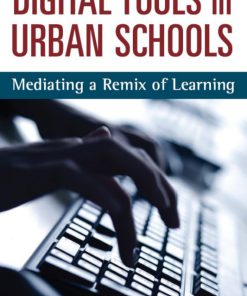Technological Imagination in the Green and Digital Transition 1st edition by Eugenio Arbizzani, Eliana Cangelli, Carola Clemente, Fabrizio Cumo, Francesca Giofri ISBN 3031295140 9783031295140
$50.00 Original price was: $50.00.$25.00Current price is: $25.00.
Authors:Eugenio Arbizzani , Series:Management [379] , Author sort:Arbizzani, Eugenio , Languages:Languages:eng , Published:Published:Jun 2023 , Publisher:Springer
Technological Imagination in the Green and Digital Transition 1st edition by Eugenio Arbizzani, Eliana Cangelli, Carola Clemente, Fabrizio Cumo, Francesca Giofrï – Ebook PDF Instant Download/Delivery. 3031295140, 978-3031295140
Full download Technological Imagination in the Green and Digital Transition 1st Edition after payment
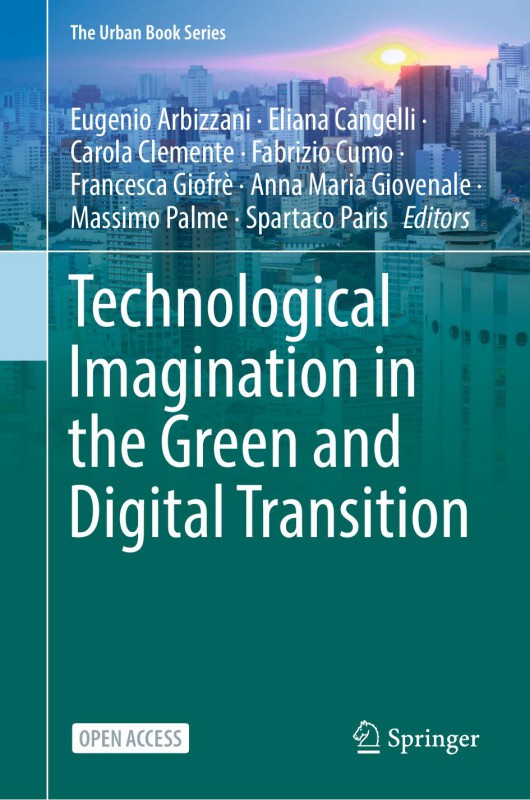
Product details:
ISBN 10: 3031295140
ISBN 13: 978-3031295140
Author: Eugenio Arbizzani, Eliana Cangelli, Carola Clemente, Fabrizio Cumo, Francesca Giofrï
This open access book addresses the pressing need for sustainability in urban development and the use of technology, with cities to serve as the main stage for strategies that seek to meet the targets and the cross-sector priorities indicated in the EU’s Next Generation program, all in pursuit of a solid recovery on the part of the European economy, along lines of ecological transition, digitalization, competitiveness, training, and inclusion to overcome social, territorial, and gender differences.
The international study encounter is meant to promote visions shared by architectural technology and other disciplines, which, though they may appear to differ, are closely interconnected, with the aim of achieving an open, interdisciplinary integration capable of proposing concrete projects regarding topics held to be of strategic importance to the future of the built environment. These are identified to draw up evolving scenarios of architecture and cities suited to reflection, at various levels, on innovative models of process and product.
Technological Imagination in the Green and Digital Transition 1st Table of contents:
Chapter 1
The Future of Entrepreneurship Education and Training: Some Propositions
Opening Lecture
Digital Spaces and the Material Culture
Session | Innovation
- Chapter 2: Innovation for the Digitization Process of the AECO Sector
- Chapter 3: The Digital Revolution and the Art of Co-creation
- Chapter 4: Toward a New Humanism of Technological Innovation in Design of the Built Environment
- Chapter 5: A BIM-Based Approach to Energy Analysis of Existing Buildings in the Italian Context
- Chapter 6: Short-Term Wind Speed Forecasting Model Using Hybrid Neural Networks and Wavelet Packet Decomposition
- Chapter 7: COGNIBUILD: Cognitive Digital Twin Framework for Advanced Building Management and Predictive Maintenance
- Chapter 8: Design of CCHP System with the Help of Combined Chiller System, Solar Energy, and Gas Microturbine
- Chapter 9: Digital Construction and Management the Public’s Infrastructures
- Chapter 10: An Innovative Multi-objective Optimization Digital Workflow for Social Housing Deep Energy Renovation Design Process
- Chapter 11: Digital Information Management in the Built Environment: Data-Driven Approaches for Building Process Optimization
- Chapter 12: Immersive Facility Management—A Methodological Approach Based on BIM and Mixed Reality for Training and Maintenance Operations
- Chapter 13: A Digital Information Model for Coastal Maintenance and Waterfront Recovery
- Chapter 14: Sustainable Workplace: Space Planning Model to Optimize Environmental Impact
- Chapter 15: Digital Twin Models Supporting Cognitive Buildings for Ambient Assisted Living
- Chapter 16: Less Automation More Information: A Learning Tool for a Post-occupancy Operation and Evaluation
- Chapter 17: A Prosumer Approach for Feeding the Digital Twin. Testing the MUST Application in the Old Harbour Waterfront of Genoa
- Chapter 18: Untapping the Potential of the Digital Towards the Green Imperative: The Interdisciplinary BeXLab Experience
- Chapter 19: Digital—Twin for an Innovative Waterfront Management Strategy. Pilot Project DSH2030
- Chapter 20: BIM and BPMN 2.0 Integration for Interoperability Challenge in Construction Industry
- Chapter 21: Digital Twin Approach for Maintenance Management
- Chapter 22: Digital Infrastructure for Student Accommodation in European University Cities: The “HOME” Project
Session | Technology
- Chapter 23: Technologies for the Construction of Buildings and Cities of the Near Future
- Chapter 24: The Living Lab for Autonomous Driving as Applied Research of MaaS Models in the Smart City: The Case Study of MASA—Modena Automotive Smart Area
- Chapter 25: Expanding the Wave of Smartness: Smart Buildings, Another Frontier of the Digital Revolution
- Chapter 26: Sharing Innovation. The Acceptability of Off-site Industrialized Systems for Housing
- Chapter 27: 3D Printing for Housing. Recurring Architectural Themes
- Chapter 28: Photovoltaic Breakthrough in Architecture: Integration and Innovation Best Practice
- Chapter 29: Reworking Studio Design Education Driven by 3D Printing Technologies
- Chapter 30: The New Technological Paradigm in the Post-digital Era. Three Convergent Paths Between Creative Action and Computational Tools
- Chapter 31: Technological Innovation for Circularity and Sustainability Throughout Building Life Cycle: Policy, Initiatives, and Stakeholders’ Perspective
- Chapter 32: Fair Play: Why Reliable Data for Low-Tech Construction and Non-conventional Materials Are Needed
Session | Environment
- Chapter 33: Technological Innovation for the Next Ecosystem Transition: From a High-Tech to Low-Tech Intensity—High Efficiency Environment
- Chapter 34: Technological Imagination to Stay Within Planetary Boundaries
- Chapter 35: Quality-Based Design for Environmentally Conscious Architecture
People also search for Technological Imagination in the Green and Digital Transition 1st:
futurism and the technological imagination
the technological imagination theories and functions
technology according to the imagination
imaginary technology inventions
imagination technologies annual revenue
You may also like…
eBook PDF
Transition and Opportunity 1st edition by Huiyao Wang, Lu Miao ISBN 981168605X 978-9811686054

